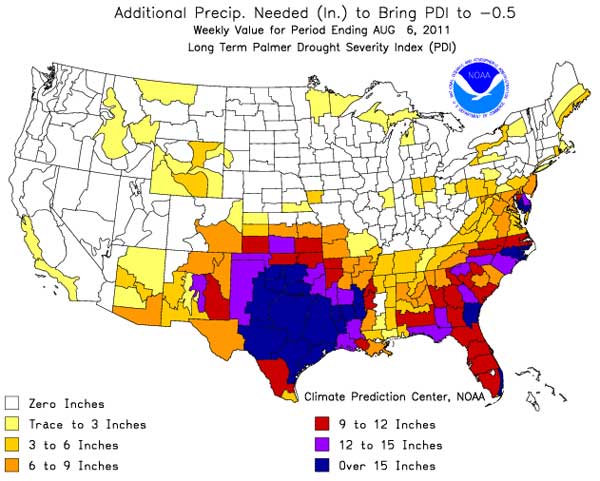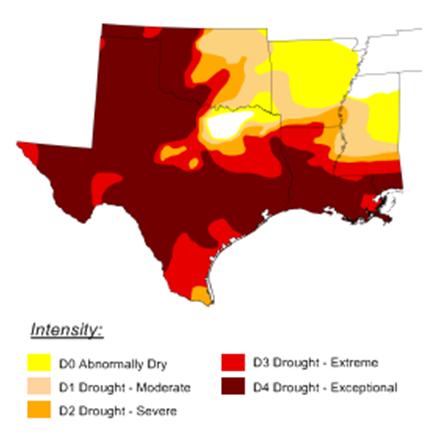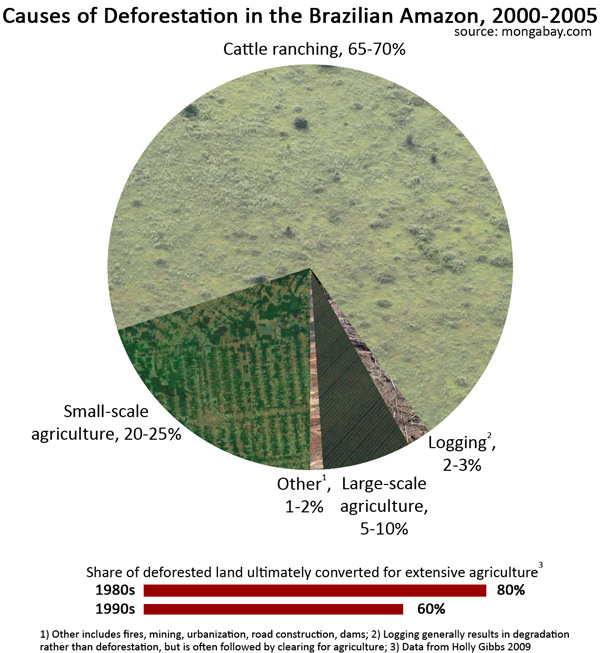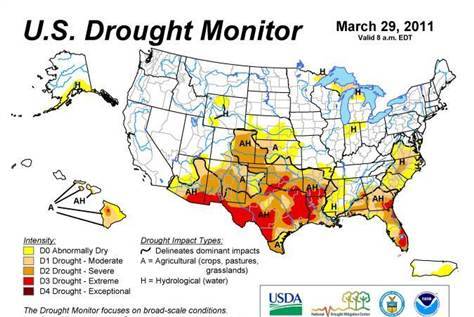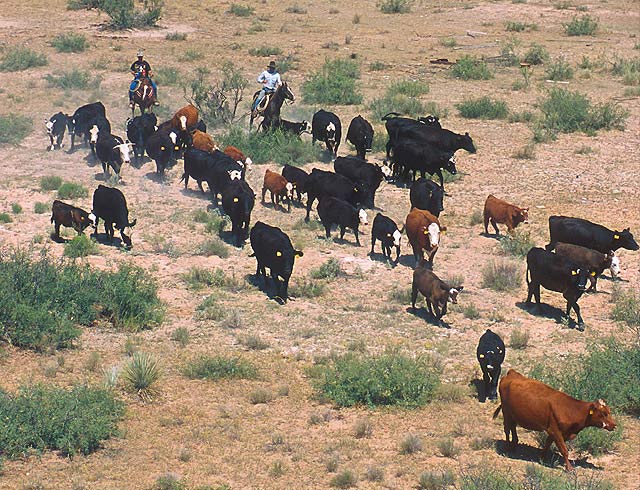 Houston hit 100 degrees Fahrenheit yesterday for the 15th consecutive day in a row breaking that city’s previous record of 14 consecutive days of 100+ degree heat set in July of 1980. For the year, Houston has seen a total of twenty-six 100-degree days. On average, the city usually only sees around 5 days with 100-degree heat per year.
Houston hit 100 degrees Fahrenheit yesterday for the 15th consecutive day in a row breaking that city’s previous record of 14 consecutive days of 100+ degree heat set in July of 1980. For the year, Houston has seen a total of twenty-six 100-degree days. On average, the city usually only sees around 5 days with 100-degree heat per year.
While the Houston streak continues, several 100-degree streaks have been snapped in the last few days throughout Texas.
Austin ended a streak of 27 consecutive days with 100-degree heat this past Saturday. Dallas, Texas ended a run of 40 days with 100-degree heat last Thursday.
But Wichita Falls, Texas had the longest streak of 52 consecutive days with 100-degree heat that ended this past Saturday. However the temperatures immediately went back up over 100 degrees and their extended 10 day forecast has them well above 100 degrees going into the weekend of Wichita Falls’ 30th annual Hotter”N Hell 100 mile bike ride (HHH). This insane biking event, that draws from 8,000 to 10,000 participants from around the country to ride in bike routes up to 100 miles long, has been run before on days that made it into the 100s, but this year the race is in the midst of a record breaking heat wave.
According to Larry Magruder, MD and the 1998 Medical Director for HHH, out of over 120,000 riders only six deaths have occurred in the 29 year race history. And because high temperatures are part and parcel of this particular bike race, the organizers are well prepared to deal with heat related medical problems with more than 800 local medical personnel volunteering their time to the Hotter’N Hell Hundred. Doctors, nurses, physical therapists, hospital workers, American Red Cross volunteers and staff, and others associated with the medical field work to assure that no one is ever more than 5 miles from professional medical attention.
These folks are both knowledgeable and well prepared to deal with heat related medical issues, but if you are participating in extensive physical activity in this Texas heat, that is not being monitored and supported by medical professionals, you should learn how to prepare for extreme heat and learn the symptoms and treatments of heat related illnesses. Click here to go to the Center for Disease Control’s extreme heat emergency preparedness and response page.

